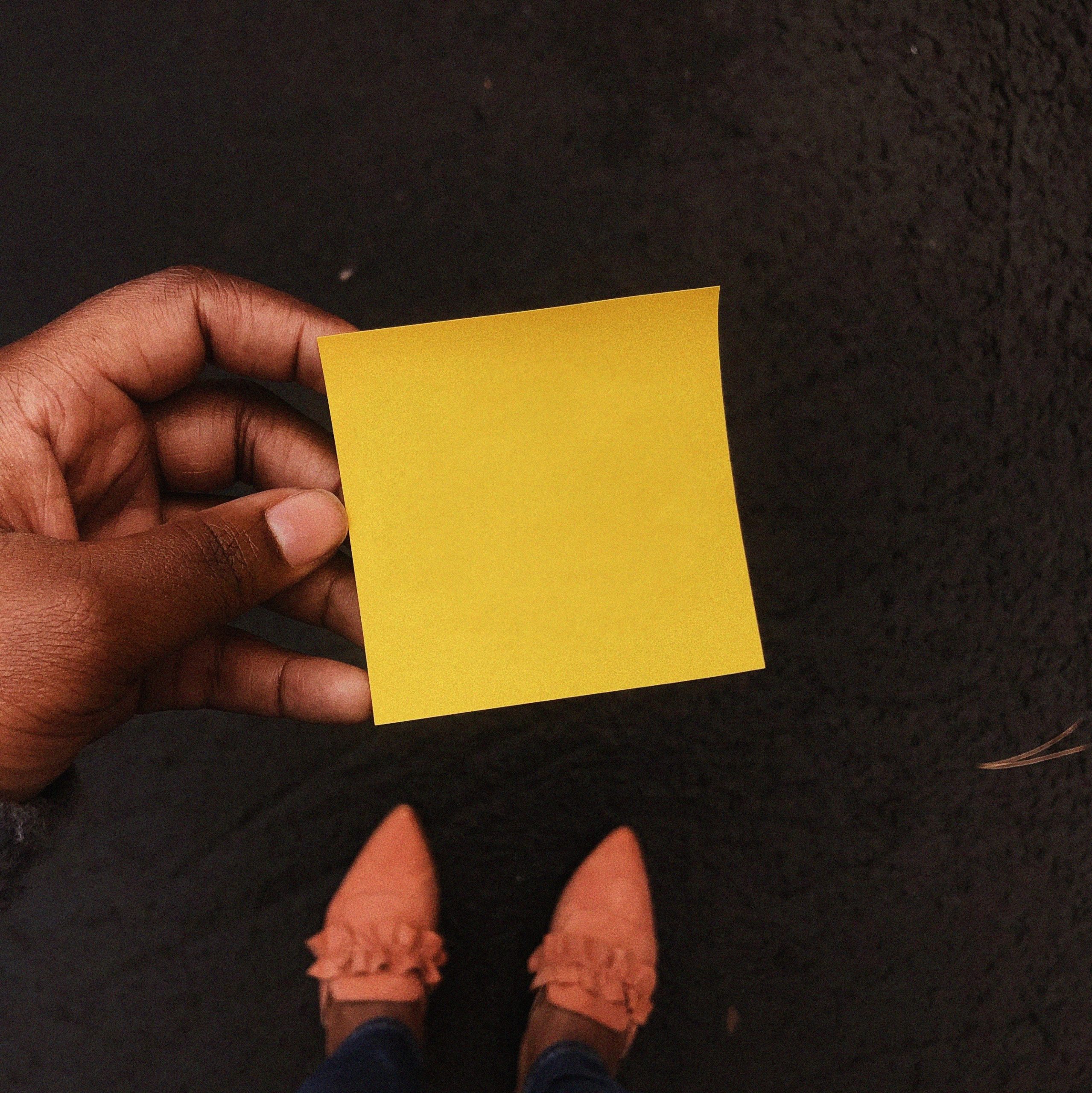What is a flashcard?
Flashcards are cards that provide a short content of information such as words, phrases, questions, images, numbers, or even a small sketch, always related to a subject and/or a topic of study. They aim to promote the learner’s active recall on the details of the topic and hence, they are a useful tool for learning and studying tasks that require memorization.
Flashcards can be either on paper or digital format. The basic version of a flashcard consists of two sides: a front side with a question, and a back side with the answer. Learners go through a pack of flashcards by answering the questions on the front side and verifying the answers on the back side of the cards.
Educators find flashcards a very handy and useful resource for teachers, students and parents, and especially effective for visual learners and students with Specific learning disorders (SLD). This is because the key information in a card can be represented by an image or picture apart from, or next to, the textual answer. Visual representation has a real impact on learners with SLDs which makes flashcards especially helpful. In addition, practicing with flashcards helps learners become more autonomous in studying and review material until they feel competent.
Flashcards in the classroom?
Flashcards can help in quickly memorizing and learning dates, vocabulary, short facts, historical events, scientific terms, processes and equations. On the other hand, they are not recommended for in depth analysis of a topic as they provide only the key information and not the details of a subject/topic.
Inside the classroom, flashcards can be used by the teacher as an extra help to provide an outline in the beginning or the end of the lesson. It can also be used as a revision tool to help students prepare for an examination as they summarize the key information that has been learned in the classroom, and which can be tested later individually by the learner, or in a formal evaluation in the classroom (i.e. test).
When teachers opt to use flashcards in the classroom, it is recommended to be systematic and make it a habit for the learners. It will not be meaningful to use flashcards only once every now and then and repetition is key when trying to learn a new information. Therefore, is more effective to introduce flashcards throughout the year and use them regularly for revision in the classroom. This can be a good revision method as by the end of the semester or year, students will have an entire set of flashcards to study for a bigger examination.
Practicing with flashcards
Learners can practice with flashcards not only as a classroom activity, but also for studying at home or even like a game with family and/or peers. Some basic tips for learners who would like to practice and review material with flashcards are listed below:
- Organize and practice on a deck of flashcards around one a specific objective or a theme or a key idea (e.g. WWII). Try to have 20 maximum 30 cards in each deck which deal with one subject matter.
- For more complicated topics, use more flashcards and break down the topic into smaller units to facilitate learner’s memorization.
- Read the flashcards out loud. Reciting terms and definitions help memorizing and have more chances to be remembered during an exam.
Creating flashcards
Teachers and parents should encourage children and young learners to make their own flashcards, that they can use to practice and help learners become more autonomous too. Here are some basic tips for creating flashcards to facilitate learning:
- Mix images and text and make sure the images correlate to the information on the card.
- Keep the flashcards simple and the message clear: for instance, summarize the key points and keep the content short, so that learners are able to absorb the information in one glance.
- For paper version, use cropped, colourful or white, thick paper to avoid seeing the other side of the card (since information (text or images) should be clearly visible in both sides).
- For digital flashcards, check the online free flashcard editors which are available online (for example: Flashcard Machine, Quizlet, Study Blue) or other, commercial phone apps like gFlashPro, Chegg Flashcards, Flashcards Deluxe.
- Embrace creativity and illustration and allow experimentation. This will make the learning more fun and the card more interesting and personalized.
- Explore different options in material and online design platforms and formats for creating flashcards and help discover new techniques.
Exploring flashcards as a useful tool to facilitate learning, Logopsycom is currently working on a new Erasmus+ project on flashcards named ‘Flash Mind’. The project aims to make it possible for teachers to create learning paths adapted to the profile of their students with interactive contents, combining communication channels for a truly inclusive pedagogy. Flash Mind targets primarily teachers and students aged 8 to 16, which is the age group where the acquisition of some skills is crucial to consider a university curriculum. Teachers will have the possibility to configure an existing course model in relation to a student’s or group of students’ profiles (level/age, duration, pedagogical objectives…) and monitor progress.

An Erasmus+ project
Visit the project’s website![]() Follow the project on Facebook : @Logopsycom
Follow the project on Facebook : @Logopsycom
#flashmind #erasmusplus
In collaboration with: Edulog, Les Apprimeurs, European Education & Learning Institute, Euphoria, Universitatea din Pitesti

